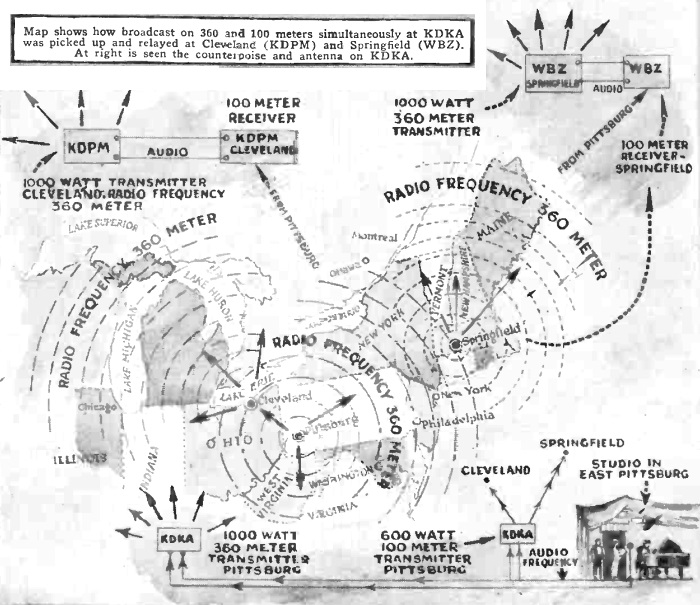Shortwave broadcasting in the United States
 Shortwave broadcasting in the United States allows private ownership of commercial and non-commercial shortwave stations that are not relays of existing AM/MW or FM radio stations, as are common in Africa, Europe, Asia, Oceania except Australia and Latin America. In addition to private broadcasters, the United States also has government broadcasters and relay stations for international public broadcasters. Most privately owned shortwave stations have been religious broadcasters, either wholly owned and programmed by Roman Catholic and evangelical Protestant charities or offering brokered programming consisting primarily of religious broadcasters. To better reach other continents of the world, several stations are located in far-flung US territories. Shortwave stations in the US are not permitted to operate exclusively for a domestic audience; they are subject to antenna and power requirements to reach an international audience.
Shortwave broadcasting in the United States allows private ownership of commercial and non-commercial shortwave stations that are not relays of existing AM/MW or FM radio stations, as are common in Africa, Europe, Asia, Oceania except Australia and Latin America. In addition to private broadcasters, the United States also has government broadcasters and relay stations for international public broadcasters. Most privately owned shortwave stations have been religious broadcasters, either wholly owned and programmed by Roman Catholic and evangelical Protestant charities or offering brokered programming consisting primarily of religious broadcasters. To better reach other continents of the world, several stations are located in far-flung US territories. Shortwave stations in the US are not permitted to operate exclusively for a domestic audience; they are subject to antenna and power requirements to reach an international audience.Private shortwave broadcasting is fairly rare around the world. Critics of private broadcasting in the US have argued that the service allows extremists to spread their message to others without fear of censorship, while others argue that private shortwave broadcasters provide an important service in providing programming to people without access to other forms of uncensored media.
== History ==
The use of shortwave transmission by US broadcasters began in the 1920s by early broadcast networks as a way to transmit programming between stations, as an alternative to leasing expensive long-distance lines. Westinghouse simulcast the programs of KDKA in Pittsburgh on shortwave in order to relay them more cheaply to sister stations KDPM in Cleveland and WBZ in East Springfield, Massachusetts.
Westinghouse soon decided to move its relay target to the geographical center of the United States, and switched to a newly constructed station, KFKX in Hastings, Nebraska, beginning on November 22, 1923, which ended the relay transmissions to KDPM. Ultimately shortwave relays for network programming was determined to be inferior to dedicated telephone line connections, and the transmissions to KFKX ended, with the Hastings operation closing on June 1, 1927.